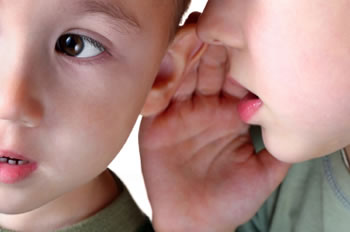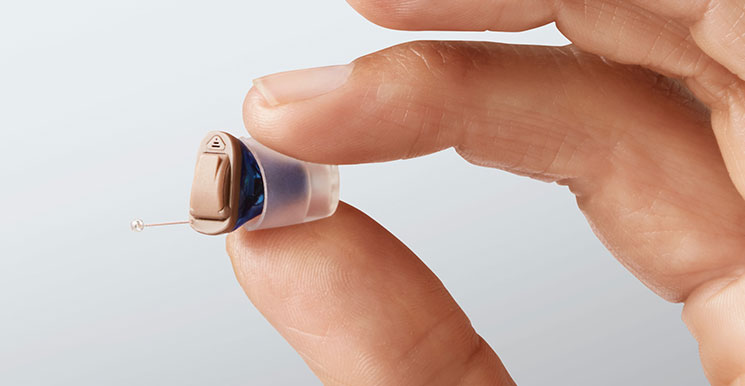People usually suffer from four different types of Hearing Loss...
Auditory Processing Disorders
Conductive Hearing Loss
Sensorineural Hearing Loss
Mixed Hearing Loss
Conductive Hearing Loss
Sensorineural Hearing Loss
Mixed Hearing Loss
Auditory Processing Disorders
 Auditory process Disorders occur once the brain has issues process the information contained in sound, like understanding speech and dealing out wherever sounds are coming back from. Adversely affects how sound that travels unobstructed through the ear is processed and interpreted by the brain. Also called Central sensory system process Disorder, people with sensory system process Disorder (APD) don't recognize subtle variations between sounds in words, even once the sounds are loud and clear enough to be heard. they'll also notice it difficult to inform where sounds are coming from, to form a sense of the order of sounds, or to block out competitive for background noises.
Auditory process Disorders occur once the brain has issues process the information contained in sound, like understanding speech and dealing out wherever sounds are coming back from. Adversely affects how sound that travels unobstructed through the ear is processed and interpreted by the brain. Also called Central sensory system process Disorder, people with sensory system process Disorder (APD) don't recognize subtle variations between sounds in words, even once the sounds are loud and clear enough to be heard. they'll also notice it difficult to inform where sounds are coming from, to form a sense of the order of sounds, or to block out competitive for background noises.Conductive Hearing Loss

Conductive hearing impairment happens when there's a problem with the Outer or cavity that interferes with the passing sound to the inner ear. It may be caused by such things as an excessive amount of wax, Ear Infections, a punctured tissue layer, a fluid build-up, or abnormal bone growth within the middle ear like otosclerosis. It’s additional common in kids and indigenous populations.
Surgery and a few types of hearing technologies may be used to treat conductive hearing impairment like Bone Conduction Hearing Aids, Bone Anchored Hearing Devices, and middle ear Implants.
Sensorineural Hearing Loss

Sensorineural hearing disorder happens when the hearing organ, the cochlea, and/or the acoustic nerve is broken or malfunctions thus it's unable to accurately send the electrical information to the brain. A sensorineural hearing disorder is almost always permanent.
It can be genetic or caused by the natural aging method, diseases, accidents or exposure to loud noises like Noise-induced hearing disorder and certain varieties of chemicals and medications. auditory pathology is another type where the nerves that carry sound information to the brain are broken or malfunction.
Technologies like Hearing Aids, Cochlear Implants, and Hybrid cochlear Implants will help reduce the effects of getting the Sensorineural hearing disorder.
Mixed Hearing Loss

A Mixed deafness happens when each conductive hearing loss and Sensorineural deafness are present. The sensorineural component is permanent, whereas the conductive component will either be permanent or temporary. for example, a Mixed deafness can occur when someone with Presbycusis also has an Ear Infection.




